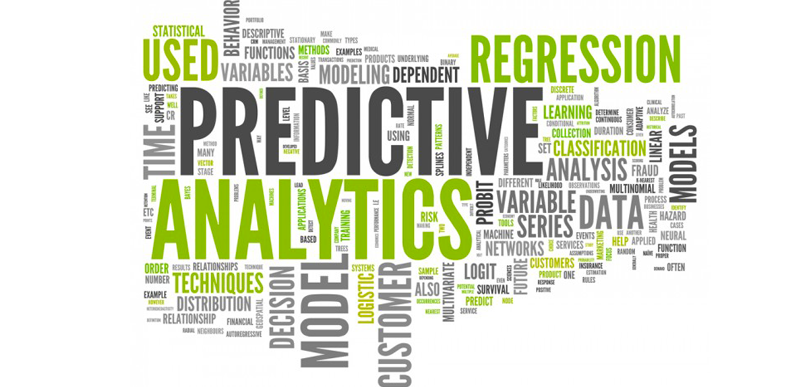
Stories of predictive analytics are plentiful…But why?
As people we want to know what’s going to happen. Some people resort to palm reading, clairvoyants, calling on departed.
Then there are those that prefer a more scientific approach. Or more specifically a data science approach.
But how does one start? Where does one start? What skills do I need OR need access to? What tools do I need? How much will this cost me? And most important of all, what question am I trying to answer?
These are some typical use cases for predictive analytics:
1.Asset failure
2.Customer churn
3.Customer lifetime value
4.Risk identification
Here are the steps I believe you need to get started.
Step 1: Clearly articulate your problem statement and quantify the benefit you or your organisation stands to benefit from answering the problem statement
Step 2: Recruit specialist talent. As a minimum you should be looking for people with specialist statistical and actuarial skills. People with actuarial skills have a pricing and risk mindset, which is important as predicting the likelihood of outcomes is understanding risk profiles of your variables.
In addition to the skills mentioned above they should also come armed with R, intermediate to advanced SQL, and have an aptitude for coding. Finally, and this should go without saying but they should have strong communication skills.
Predictive Analytics is a very dry subject. You need the ability to translate complex topics to your audience, which in most cases will be your internal or external customers.
University graduates or (those in their final year) that have specialised in statistics or mathematics form a great talent pool.
Step 3: Give your talent the necessary tools to do the job. And this doesn’t have to cost you a great deal, especially if you are doing a proof of concept. Here are a couple of my choices:
R https://www.r-project.org is a language for statistical computing and graphics. It’s a powerhouse environment and it’s open source. It’s so highly regarded that most well-known BI platforms have R integration.
Carrying on the open source theme, there’s KNIME. KNIME http://www.knime.org/ is an advanced Analytics platform that for second year is in the Leaders Quadrant of Gartner’s Magic Quadrant for Advanced Analytics.
Whereas R is a language, KNIME is a workflow based advanced analytical platform. This is a robust platform that contains numerous workflow nodes for data access, modelling, analysis, data mining, and visualisation. It also has Weka and R integration.
To help you get started, KNIME provides access to ready-made analytical workflows https://www.knime.org/example-workflows . Examples include data mining, R integration, web analytics and text mining. These can be downloaded and customised to suit your needs
Predictive Analytics is an agile process. Be driven, and be involved. You are there to guide your team and keep them focused on answering the underlying question. As your team uncover insights, play Devils’ Advocate. Get them to demonstrate, in simple English, how their predictive analytics outcomes answer the underlying question with a high degree of confidence. After all, if they can’t convince you, how are you going to convince your customers?
In preparing your communication, anticipate tough questions, refine and conduct a dry run with customers who are your champions. They will give you honest advice.
Finally, when you do hold your communication session, get your team involved. Surround yourself with great talent and give them due credit. After all, you are selling your team’s specialist abilities to benefit your customers.
DataHub Writer: Neville de Sousa
Neville has 14 years experience in ETL, data warehousing, business intelligence, reporting, building predictive analytics competency, team building and mentoring. He’s a predictive analytics champion, loves building and mentoring power teams and a great believer of open source technologies to deliver tangible business outcomes. In addition to maintaining vigilance on the analytics market, he’s Technical Lead – Business Intelligence and Information Governance at Hunter Valley Coal Chain Coordinator.He’s also held roles at Hunter Valley Coal Chain Coordinator as Specialist Reporting and Analysis, Data Analyst and at IOOF as Business Systems Analyst and Business Services Manager. Neville holds a Bachelor of Commerce in Marketing from the University of Western Sydney and a Master of Commerce in Advanced Information Systems and Management from the University of New South Wales, Sydney..
View Linkedin Profile->
